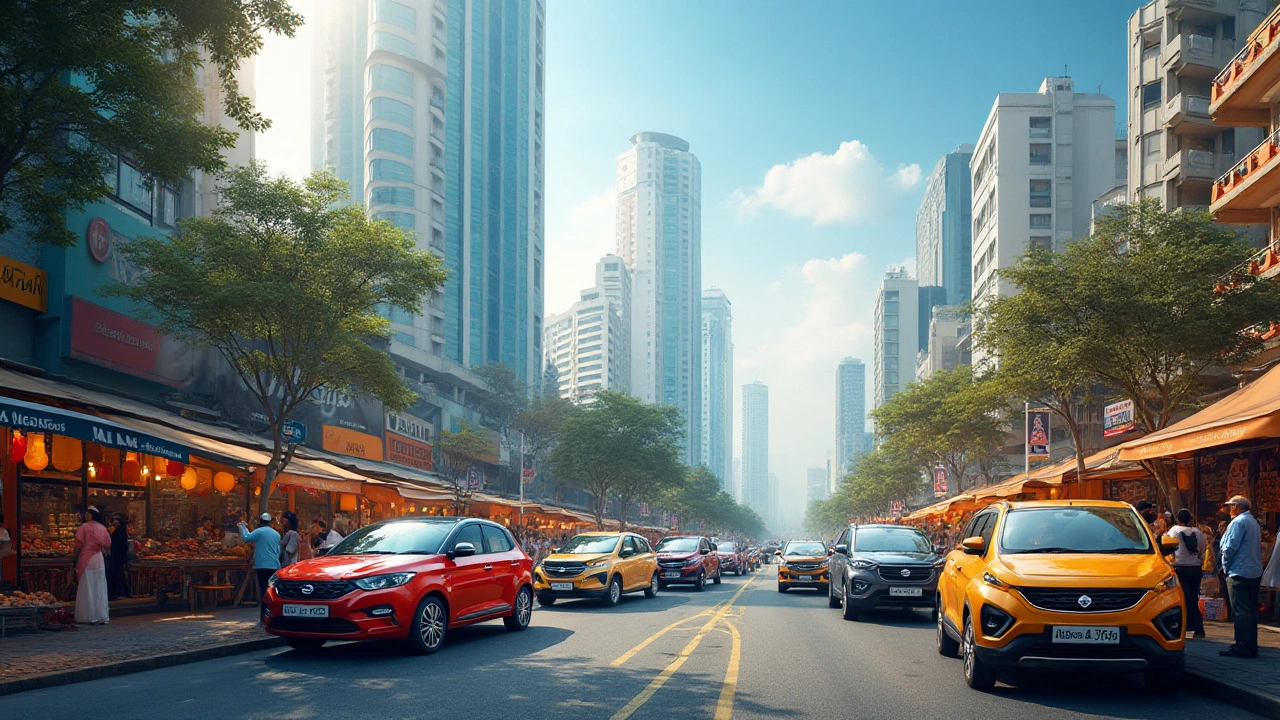Automobile Manufacturing in India – What’s Happening Now?
If you’ve been watching the auto world, you know it’s moving fast. Factories are upgrading, new models are rolling out, and government policies are shifting the game. This guide breaks down the most useful stuff you need to know if you’re dealing with car production – whether you run a plant, supply parts, or just want to understand where the industry is headed.
Key Trends Shaping the Industry
First up, electric vehicles (EVs) are no longer a niche. Major Indian OEMs have announced multiple EV lines, and the government is offering subsidies for battery packs and charging stations. That means factories are re‑tooling for battery assembly, and supply chains are looking for lithium, copper and software talent.
Second, automation is becoming a must‑have. Robots are handling welding, painting and quality checks faster than any human crew. Smaller plants are buying modular robot cells because they’re cheaper to set up and can be expanded as demand grows.
Third, the push for “Make in India” is real. The government’s tax breaks and easier land allocation are attracting foreign investors. As a result, you’ll see joint ventures popping up in Tier‑2 cities, which cuts logistics costs and brings jobs to new regions.
Big Challenges and How to Tackle Them
Power reliability still trips up many factories. Frequent outages raise production costs and can damage equipment. The practical fix? Install solar panels and battery backup. It’s a higher upfront spend, but the long‑term savings on electricity bills are solid.
Skilled labor is another pain point. While robots handle repetitive tasks, you still need engineers and technicians who can program, maintain and troubleshoot them. Companies are partnering with local polytechnics and offering on‑the‑job training to build that talent pool.
Finally, raw material prices – especially steel and aluminum – swing with global markets. Smart manufacturers hedge their purchases or lock in long‑term contracts to avoid sudden spikes.
Putting it all together, the sweet spot for success lies in mixing new tech with smart cost control. If you can automate the boring parts, switch to renewable power, and keep a close eye on material costs, your auto plant will stay competitive.
Remember, the auto sector isn’t just about building cars; it’s about building a resilient, future‑ready operation. Keep an eye on policy updates, invest in training, and stay flexible with your production lines. That way, you’ll ride the wave of change rather than getting knocked off balance.
Got questions about setting up a new line or upgrading existing equipment? Drop a comment or reach out – the community here loves sharing practical tips that actually work on the shop floor.
Exploring Tata Cars' Global Reach: Are They Sold Beyond India?
Explore the global presence of Tata cars, a significant player in India's automobile industry. Discover the countries outside India where Tata vehicles are sold and the factors influencing their international reach. Gain insights into Tata's strategic expansions, challenges faced in the global market, and their popular models abroad. This article provides an in-depth look at Tata Motors' international ventures and future plans.
Read More
